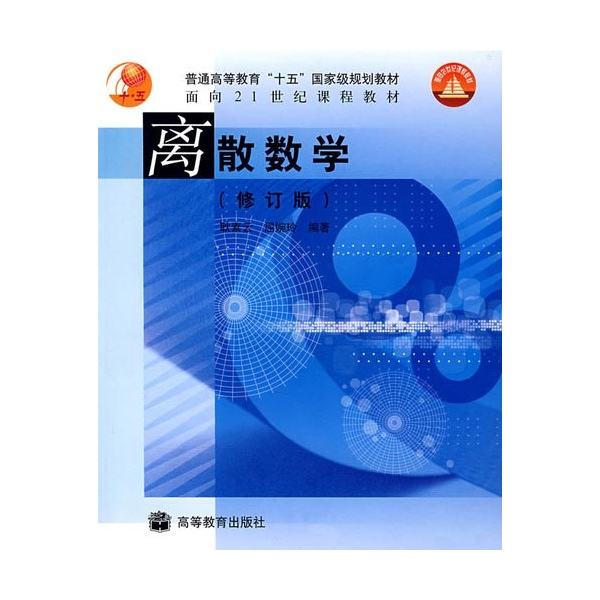The early development of a zygote can be mathematically described by a developmental tree. To compare developmental trees of different species, we need to define distances on trees. If children cells after a division are not distinguishable, developmental trees are represented by the space of rooted trees with possibly repeated labels, where all vertices are unordered. On this space, we define two metrics: the best-match metric and the left-regular metric, which show some advantages over existing methods. If children cells after a division are partially distinguishable, developmental trees are represented by the space of rooted trees with possibly repeated labels, where vertices can be ordered or unordered. This space cannot have a metric. Instead, we define a semimetric, which is a variant of the best-match metric. To compute the best-match distance between two trees, the expected time complexity and worst-case time complexity are both $\mathcal{O}(n^2)$, where $n$ is the tree size. To compute the left-regular distance between two trees, the expected time complexity is $\mathcal{O}(n)$, and the worst-case time complexity is $\mathcal{O}(n\log n)$.
翻译:zygote 的早期开发可以用发育树进行数学描述。 为了比较不同物种的发育树, 我们需要定义树上的距离。 如果分裂后的儿童细胞无法区分, 发育树的面积代表着树根的面积, 上面的标签可能是重复的, 上面的所有脊椎都是没有顺序的。 在这个空格上, 我们定义了两个尺度: 最匹配的尺度和最左常规的尺度, 显示比现有方法的优势。 如果分裂后的儿童细胞部分可以区分, 则树的长度代表着树根的面积, 上面的标签可能是重复的, 上面的脊椎可以排列或没有顺序排列 。 这个空格不能有一个尺度 。 相反, 我们定义了一个半称, 这是最匹配标准的一个变量 。 要计算两棵树之间最匹配的距离, 预期的时间复杂性和最差的时间复杂性是$- mathcall{O} (n), 美元是树的大小。 要计算两棵树之间的左常规距离, 预期的时间复杂性是 $\macal\ n_ rial=n_ rimal_ cal)。



